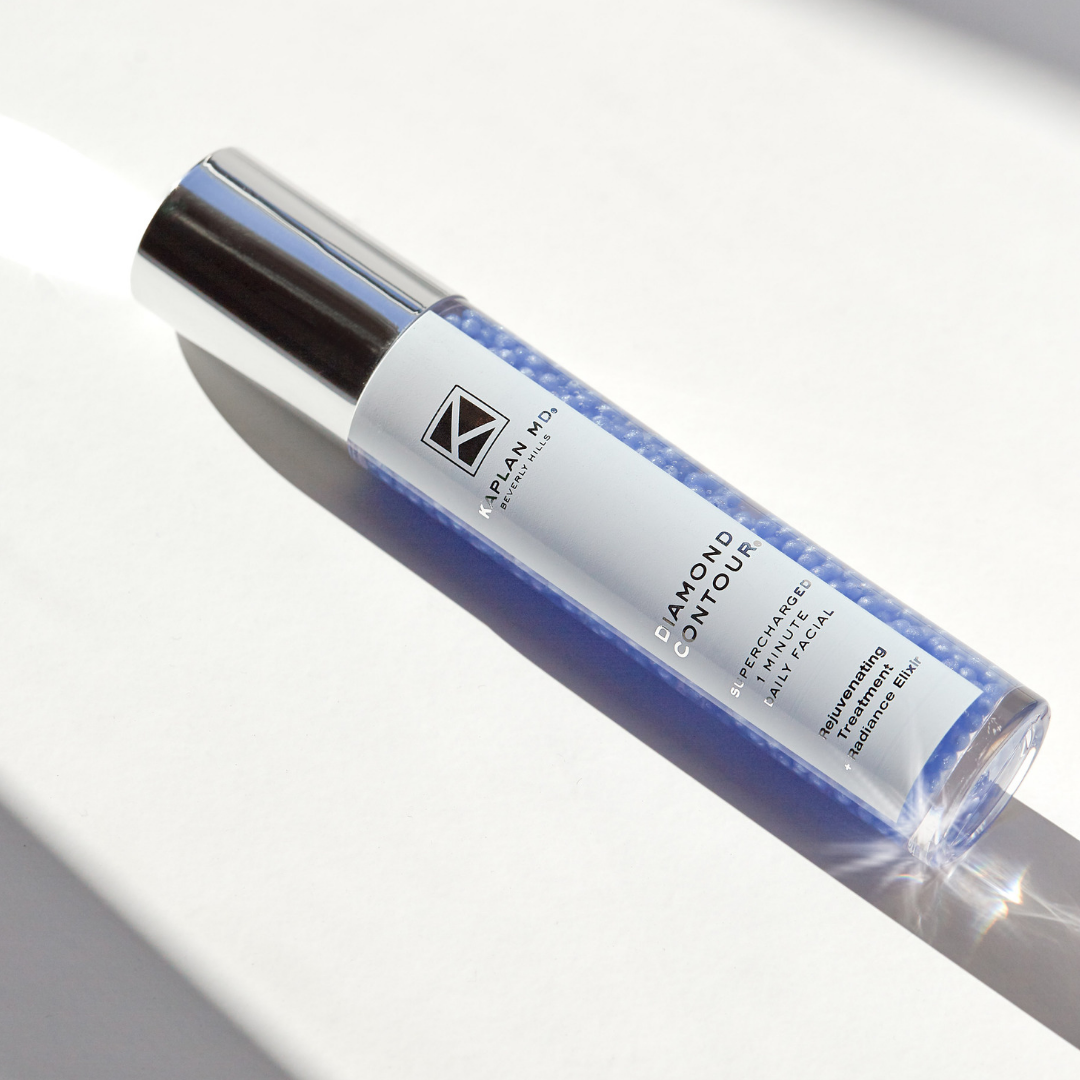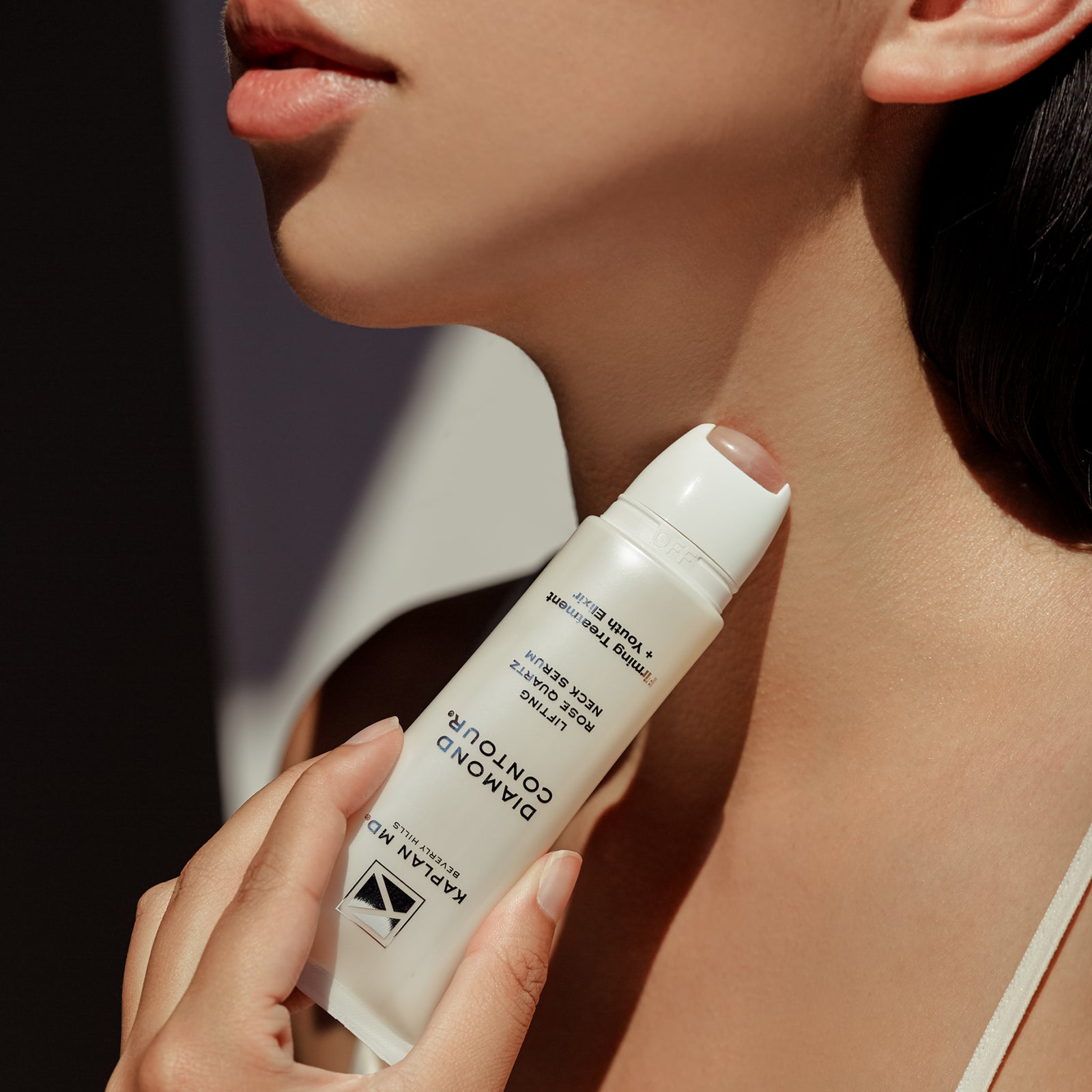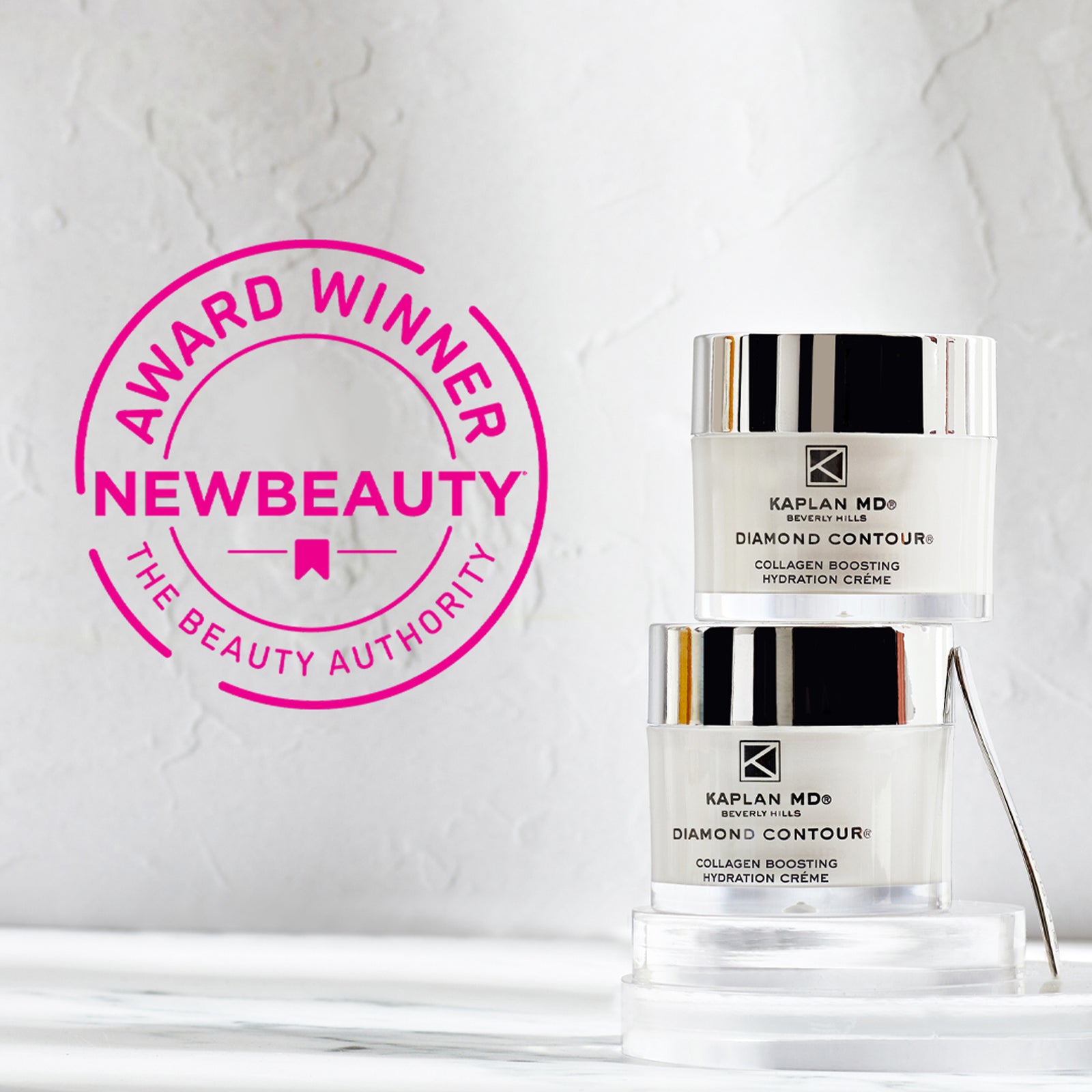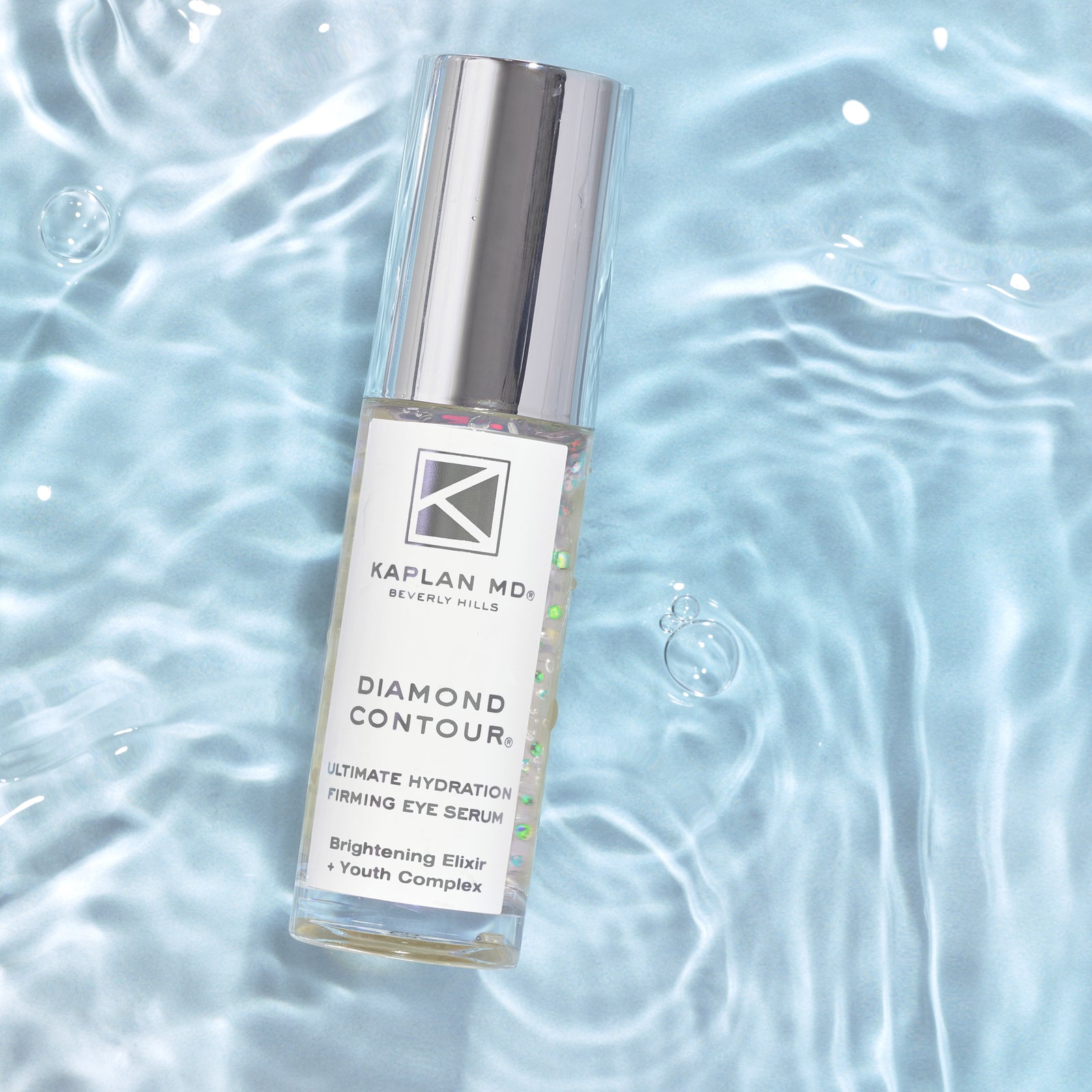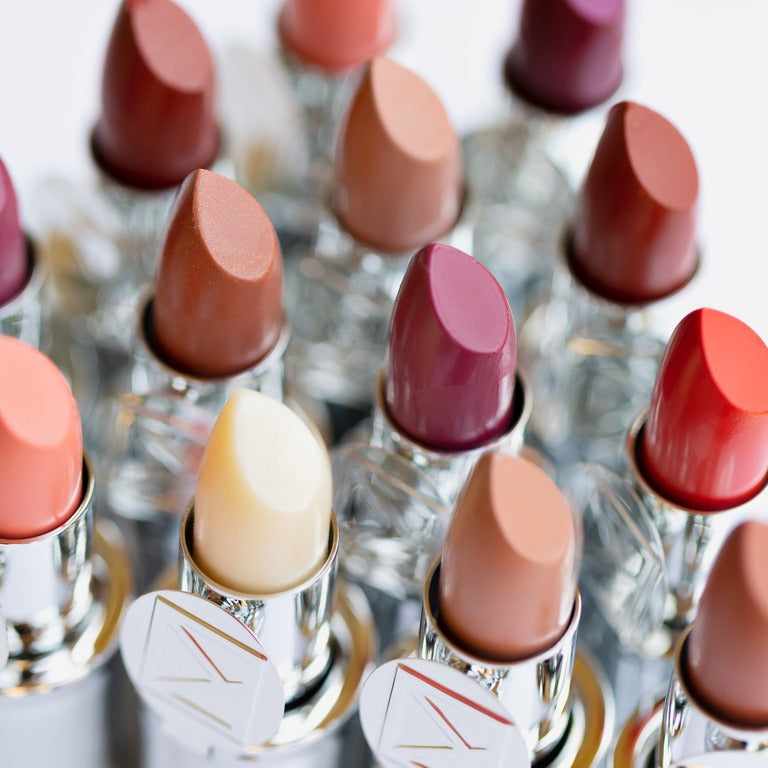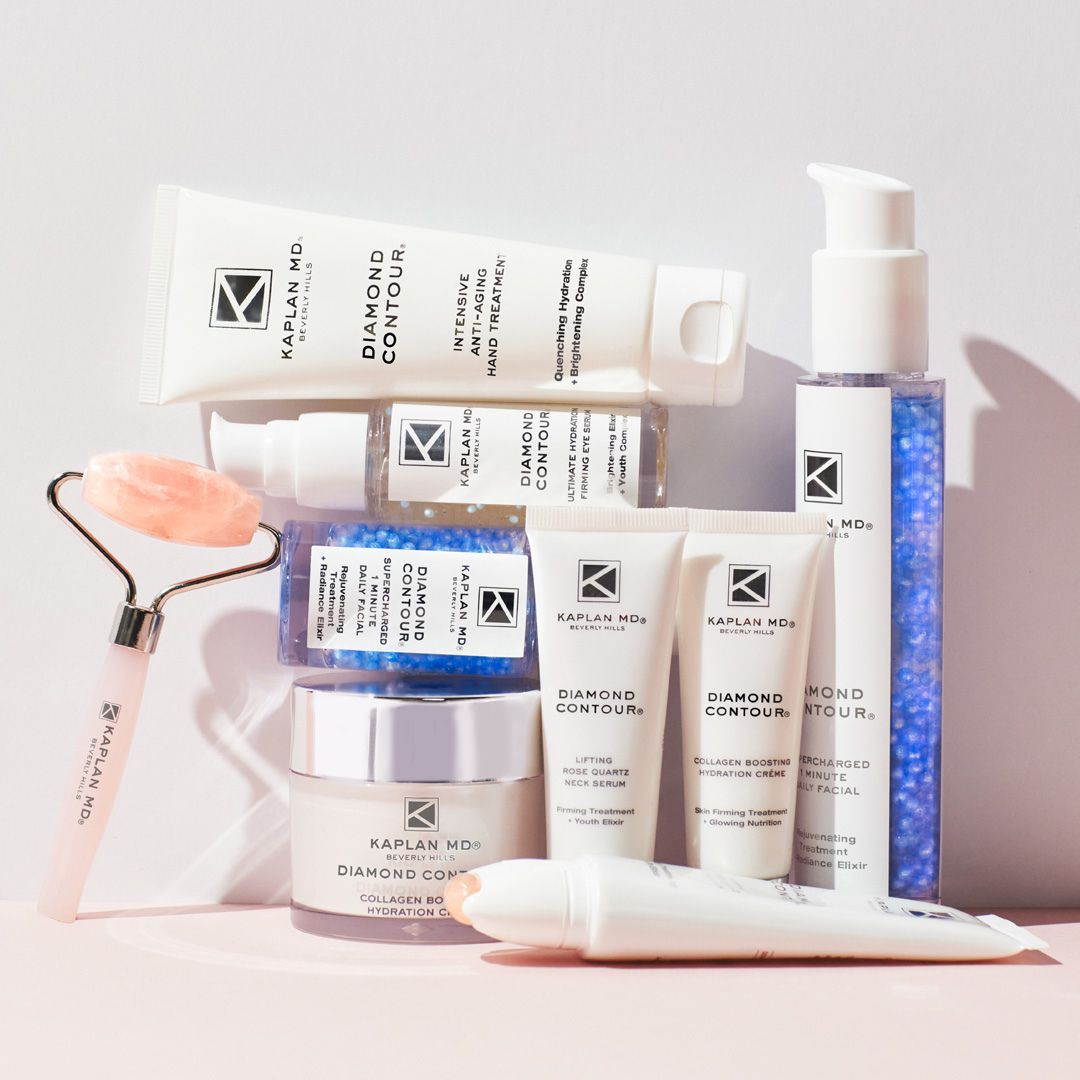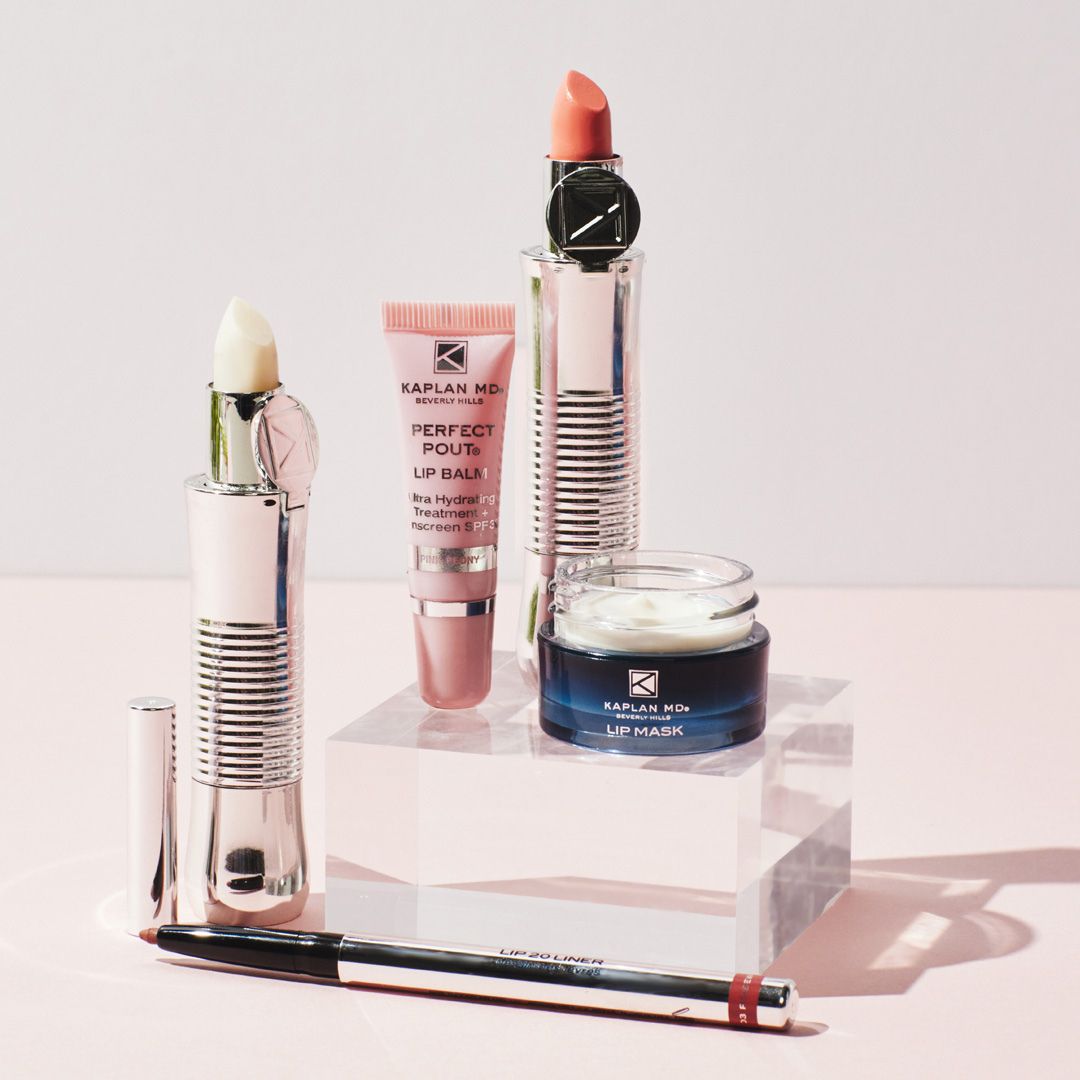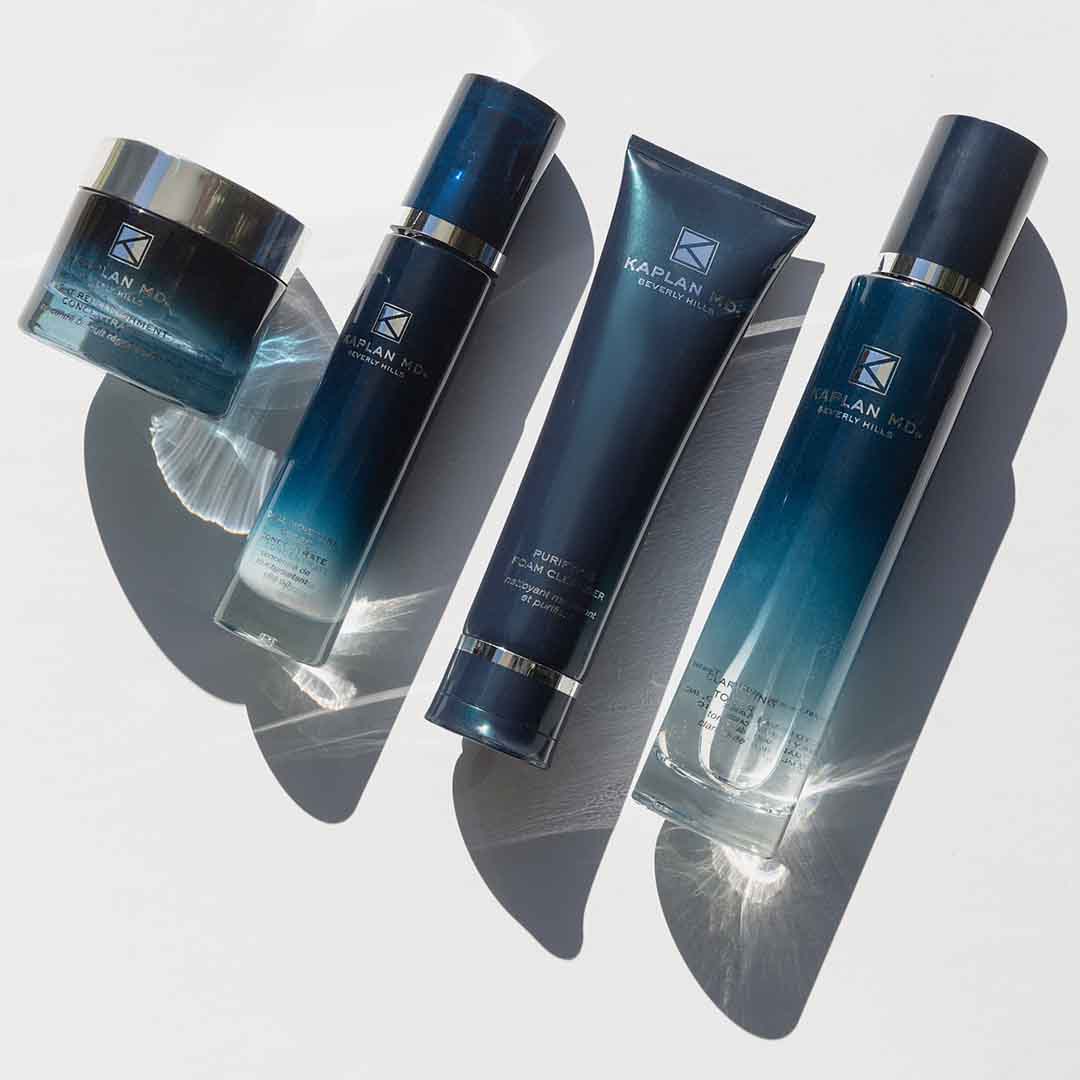Dr. Kaplan – Eczema
ECZEMA
Eczema is a skin disease. The first sign of eczema tends to be patches of dry or red, itchy skin. Scratching it damages its surface and can worsen the rash.
Sometimes eczema is called atopic dermatitis. It usually begins very early in life, most common in infants and young children. Most people with eczema will have it before they turn 5 years old. It is rare for eczema to appear first time as an adult.
Eczema tends to come and go, often without warning. A treatment plan that includes skin care can reduce flare-ups and each much of the discomfort.
WHAT CAUSES ECZEMA?
The cause for eczema is unknown. It is however not contagious. Scientists know that a child is more likely to get eczema if a parent or another family member has eczema, asthma, or hay fever. Other factors may include living conditions, such as in urban area or cold dry climates.
HOW TO TELL IF MY CHILD HAS ECZEMA
If your child has eczema, you will see dry, scaly or red patches on the skin. In infants, they often appear on the scalp, forehead, and most commonly on cheeks. Eczema is itchy so you may see your baby rubbing against bedding or carpeting to relieve the itch.When eczema begins between two years old and puberty the child often has dry, scaly patches in the creases of the elbows or knees. Other common places for the patches are the neck, wrists, ankles, the buttocks and legs. No matter where the patches appear they tend to be very itchy. The skin will look inflames and sore.
Patches of eczema can crack, leak clear fluid, and crust. Infections can develop if germs enter through the broken skin. Repeatedly scratching the patches can cause the skin to look and fell leathery. For some people, sweating can lead to flare-ups.
HOW IS ECZEMA DIAGNOSED?
A dermatologist can often diagnose eczema by looking at the child’s skin. They will look closely at the dry, scaly patches and/or rash. They may ask some questions, such as when the dry scaly patches first appeared and whether any close blood relatives have eczema, hay fever, or asthma. An allergy test may also be necessary.
HOW IS ECZEMA TREATED?
Most treatment plans consist of:
- Skin care
- Medical therapies
- Tips to avoid flare-ups
It is important to follow the plan as prescribed. Too often, people try to treat it on their own by avoiding what they believe is causing the eczema. There is no one thing that can control eczema. Following the treatment plan helps to manage the conditions.
TYPES OF TREATMENTS
Treatments you can try at home or purchase over-the-counter include:
MOISTURIZER OR EMOLLIENT
These help to decrease dryness and scaling. Applying it after bath and frequently throughout the day can help. Avoid harsh soaps.
CORTICOSTEROID
Applied to the skin, this helps to calm the skin and relieve itching. Some can be bought without a prescription. However using too much medicine or too often can cause side effects. Some patients may need a prescription-strength cream.
ANTIHISTAMINE
Prescribed for severe itching. Constant itched can sometimes cause many sleepless nights. Sedating antihistamines can help patients get sleep.
WET WIPES
This therapy consists of soaking and sealing the itchy skin with warm, damp clothing. This can help the skin absorb medications and keep it hydrated.
DILUTE BLEACH BATH
Skin with eczema can develop a bacterial infection which can worsen itching and redness. A dilute bleach bath is thought to disinfect the skin surface and reduce the bacteria, reducing itching and redness. A bleach bath is created by adding a small amount of household bleach to bathwater.
The following treatments can be received from the dermatologist:
CALCINERURIN INHIBITOR
This prescription medicine is applied to the skin to reduce inflammation and other symptoms.
ANTIBIOTIC
If an infection develops, an antibiotic either oral or topical can kill the bacteria.
PHOTOTHERAPY
This light therapy may be added when stronger treatment is needed.
SYSTEMIC IMMUNOMODULATORY AGENTS
When a patient has not responded to other treatments, dermatologists may consider other much stronger medicines which come with various risks and benefits.
All content solely developed by the American Academy of Dermatology.

